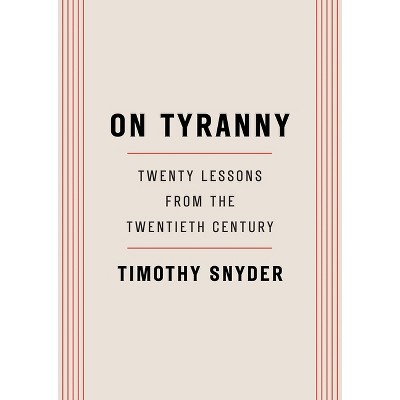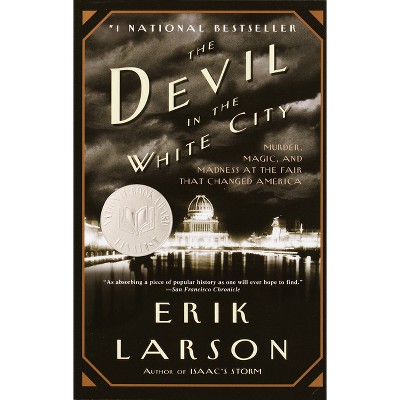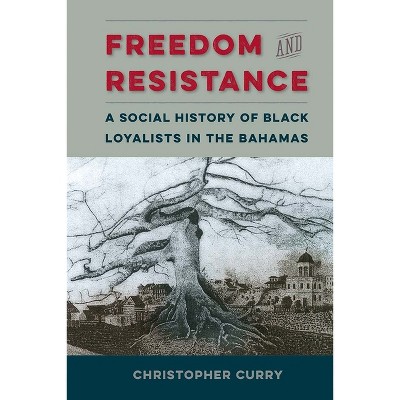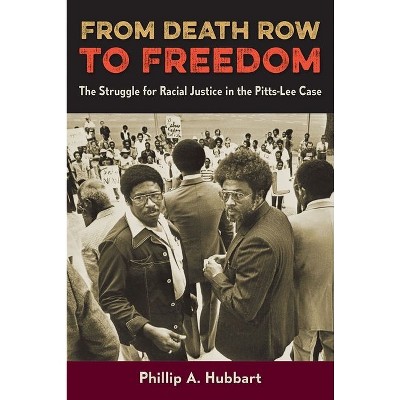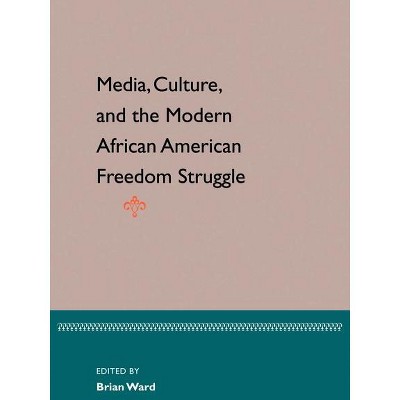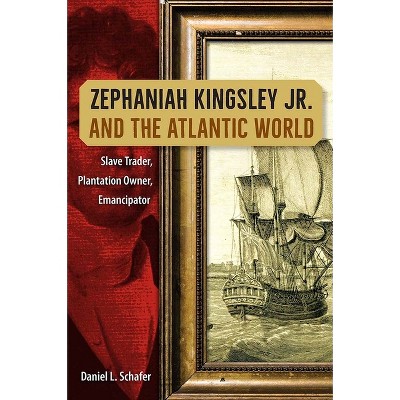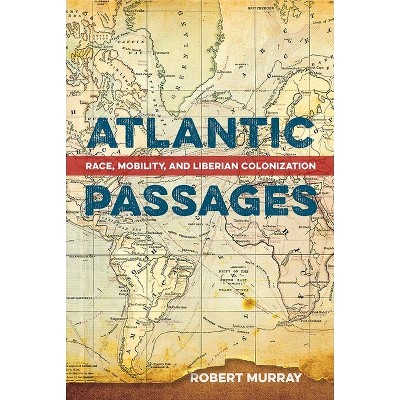The Maroons of Prospect Bluff and Their Quest for Freedom in the Atlantic World - (Contested Boundaries) by Nathaniel Millett (Paperback)

About this item
Highlights
- "A lively story that not only details the fort's rise and fall but also carefully fits its fate into the larger picture of Anglo-American imperial rivalry and the meaning of freedom in an age of revolution.
- About the Author: Nathaniel Millett is associate professor of history at Saint Louis University.
- 360 Pages
- History, United States
- Series Name: Contested Boundaries
Description
About the Book
A study of the Prospect Bluff Maroon settlement on the Apalachicola River, examining how the former slaves were radicalized by anti-slavery advocate Edward Nicolls and arguably developed a self-consciously defined version of freedom to claim the full rights due to British subjects.Book Synopsis
"A lively story that not only details the fort's rise and fall but also carefully fits its fate into the larger picture of Anglo-American imperial rivalry and the meaning of freedom in an age of revolution."--Robert Paquette, coauthor of The Oxford Handbook of Slavery in the Americas
"By examining the maroon community that formed at Prospect Bluff after the War of 1812, Millett reveals how anti-slavery radicalism threatened to rewrite the history of race in the Early Republic."--Andrew K. Frank, author of Creeks and Southerners: Biculturalism on the Early American Frontier
During the War of 1812, Edward Nicolls of the Royal Marines armed ex-slaves, Red Sticks, and Seminoles to fight alongside the British from a fort erected at Prospect Bluff in the Florida panhandle. This so-called Negro Fort became the largest maroon community ever to emerge in North America. Fervently opposed to slavery, Nicolls galvanized the Prospect Bluff allies with his radical anti-slavery ideology and the promise of freedom, asserting their rights and privileges equal to those of any British subject.
At war's end, Nicolls remained at Prospect Bluff, petitioning American officials to respect the territorial sovereignty of his Indian allies. When diplomacy failed, Nicolls left the fort to his black army of radicalized British subjects and encouraged it to defend the territory against all threats. What developed was a well-organized community that regarded itself as an independent British polity. Nathaniel Millett examines how the Prospect Bluff maroons constructed their freedom, shedding light on the extent and limits of their physical and intellectual fight to claim their rights. He compares their settlement extensively with maroon communities across the Americas, emphasizing the rare opportunity offered by Prospect Bluff to examine black consciousness during the era of slavery.From the Back Cover
"A lively story that not only details the fort's rise and fall but also carefully fits its fate into the larger picture of Anglo-American imperial rivalry and the meaning of freedom in an age of revolution."--Robert Paquette, coauthor of "The Oxford Handbook of Slavery in the Americas" "By examining the maroon community that formed at Prospect Bluff after the War of 1812, Millett reveals how anti-slavery radicalism threatened to rewrite the history of race in the Early Republic."--Andrew K. Frank, author of "Creeks and Southerners: Biculturalism on the Early American Frontier" During the War of 1812, Edward Nicolls of the Royal Marines armed ex-slaves, Red Sticks, and Seminoles to fight alongside the British from a fort erected at Prospect Bluff in the Florida panhandle. This so-called Negro Fort became the largest maroon community ever to emerge in North America. Fervently opposed to slavery, Nicolls galvanized the Prospect Bluff allies with his radical anti-slavery ideology and the promise of freedom, asserting their rights and privileges equal to those of any British subject.At war's end, Nicolls remained at Prospect Bluff, petitioning American officials to respect the territorial sovereignty of his Indian allies. When diplomacy failed, Nicolls left the fort to his black army of radicalized British subjects and encouraged it to defend the territory against all threats. What developed was a well-organized community that regarded itself as an independent British polity.
Nathaniel Millett examines how the Prospect Bluff maroons constructed their freedom, shedding light on the extent and limits of their physical and intellectual fight to claim their rights. He compares their settlement extensively with maroon communities across the Americas, emphasizing the rare opportunity offered by Prospect Bluff to examine black consciousness during the era of slavery.
About the Author
Nathaniel Millett is associate professor of history at Saint Louis University.
Shipping details
Return details
Trending History


